
More Than Half of Americans Have Suffered a Workout Hangover
An article published in the New York Post shares new findings and statistics from a recent survey surrounding the negative effects of the dreaded "workout hangover."
.
Cover photo By Matt Stone / MediaNews Group / Boston Herald
LIFEAID randomly surveyed 135 gym owners in July of 2020, in order to find out how they are handling re-opening, keeping members safe, plans for reinvigorating memberships, stocking their fridges with FITAID, and more...

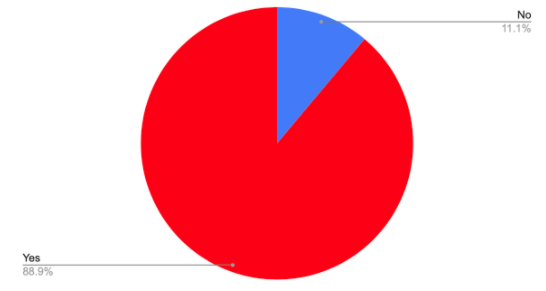

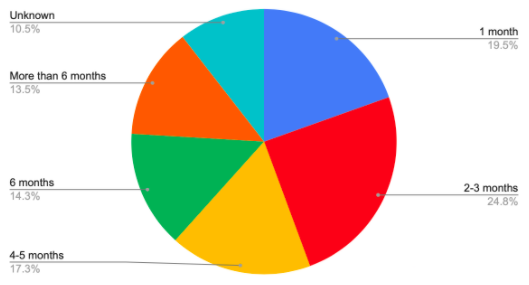
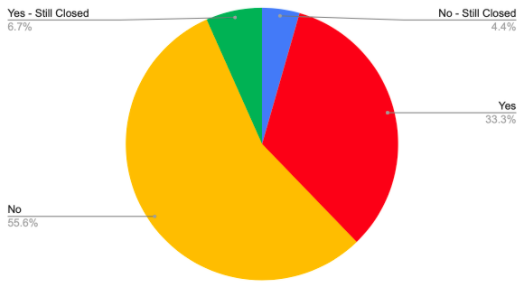
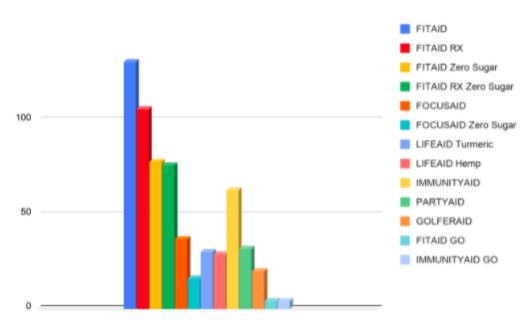
> > > Stay well.
Cover photo By Matt Stone / MediaNews Group / Boston Herald LIFEAID randomly surveyed 135 gym owners in July of 2020, in order to find out how they are handling re-opening, keeping members safe, plans for reinvigorating memberships, stocking their fridges with FITAID, and more… HERE ARE THE RESULTS OF THAT SURVEY: Q: How long […]
Results from a recent One Poll survey, published in a New York Post article on June 26, 2020
A survey of 2,000 Americans who exercise at least twice a week surveyed respondents on their attitudes toward gyms in the “corona age” and found 24 percent are over them, with one in three saying they will be likely to go less than before.
However, four in 10 remain undeterred by COVID-19 and said they will be returning to the gym at the same rate or more once it opens back up.
The study, conducted by OnePoll on behalf of LIFEAID Beverage Co., also found many active Americans are turning to at-home workouts.
Forty-two percent of those polled said they have a home gym set-up that they prefer over their membership gym.
Going back to gyms is currently a big unknown, but many safety measures will surely be implemented upon re-opening, including masks.
Wearing a mask during a pandemic is common sense for many, with only 26 percent saying they are anti-mask and won’t go to any gym that requires it.
Twenty-nine percent said they are anti-mask but would wear one if their gym required it, while 20 percent are for masks and will wear one at the gym reluctantly — and 26 percent are for masks and won’t go to any gym that does not require them.
All that being said, 62 percent of those polled said they believe wearing masks in gyms will help against the spread of COVID-19 and 83 percent agreed they’d feel much more comfortable in gyms if everybody was wearing a mask.
Masks aren’t the only safety concern for gym-goers, however.
Thirty-eight percent of those surveyed said they will be wiping down the equipment each time before they use it.
Over nine in 10 said they’d be more vigilant about others wiping down equipment properly and half (49 percent) said they’d call somebody out for not properly cleaning the equipment after they use it.
“We understand why some gym-goers may reject wearing a mask throughout their entire workout, but no one should drop the ball on cleanliness and disinfection of hands and equipment. It’s a courtesy and a personal responsibility as much as the responsibility of the gyms,” said Aaron Hinde, co-founder of LIFEAID Beverage Co.
“What gym devotees also need to understand is there is a price for higher standards of cleaning and safety at the gym. That requires more staff, more equipment, more cleaning supplies. So gym-goers should not be surprised or even indignant if they get hit with higher fees. And if the gym is critical to your balance and wellness, you should accept those fees.”
People are keen to exhibit caution when returning to public spaces to get back into their exercise routine.
The average respondent said that when their gym opens back up, they’ll still wait around four and half weeks before finally returning for a workout.
Many feel this can’t come soon enough, as 75 percent said they feel they need to put in some overtime in order to get back in shape after a lengthy quarantine.
But it hasn’t been all bad, as the survey showed Americans learned some self-love during the time in isolation.
Three in four said they are more accepting of their bodies now than they were pre-pandemic and the average respondent was found to have made four positive lifestyle changes since it started, too.
“If we experience lasting, positive change from the gym shut down, we hope it’s an embrace of some level of moderation. We can be fit, healthy and very strong without being obsessive,” said Hinde. “And smart moderation may also be better for our longer term physical health.”
Results from a recent One Poll survey, published in a New York Post article on June 26, 2020 One in four Americans will never be returning to gyms … even once the pandemic is over, according to new research. A survey of 2,000 Americans who exercise at least twice a week surveyed respondents on their […]
By Max Knoblauch, SWNS | May 21, 2019 | Click HERE to read the full article in the New York Post.
According to new research, more than one in four active Americans (29%) have skipped out on work due to a workout “hangover” (post-exercise soreness that impedes one’s ability to participate in other life and work activities).
According to the new study, as many as 55% have suffered a workout hangover that’s caused them to stay inside all day, and a possible major cause of this may be that 60% of those surveyed said they don’t know enough about dietary and recovery supplements to make an informed decision about what process or products can help them.
Due to that knowledge gap, nearly half of those respondents (47%) have skipped recovery steps altogether.
In fact, the new study of 2,000 Americans who exercise uncovered that 65% have sustained injuries from their workouts — approximately three each year on average.
 The most common injuries? Pulled muscles (68%), ankle sprains (48%), and knee strains (45%).
The most common injuries? Pulled muscles (68%), ankle sprains (48%), and knee strains (45%).
And the dreaded “workout hangover” is not just affecting work attendance, it has spread into American’s social lives, as well. Forty percent of respondents reported that post-workout muscle soreness has caused them to skip a party. Thirty-nine percent have skipped a get together with friends, and 32% have even had to skip dates.
The new survey, conducted by OnePoll on behalf of health brand LIFEAID Beverage Co., found that when respondents go too hard in a workout without the proper preparation, their lives become messier.
Fitness-focused Americans spend about one fourth (23%) of their typical workout going “too hard,” then paying the price in the form of workout injuries and increased recovery time.
Respondents skip approximately 36 workouts a year due to the dreaded workout hangover. Why all the soreness? It may have something to do with incomplete workout recovery techniques.
In fact, 40% of respondents don’t stretch to aid in workout recovery. More than one in three (36%) don’t get enough rest after working out, and over half (53%) don’t take supplements.
“Proper workout and exercise techniques go hand in hand with post-workout recovery. By helping to improve the speed and efficiency of recovery, one can directly help optimize their overall fitness in a whole new way by increasing strength, endurance… you name it,” Dr. Aaron Hinde, co-founder of LIFEAID Bev Co., said.
“So much emphasis has been placed on what you consume or drink before a workout, when in actuality it’s what your body needs to help it recover afterward that makes the real difference.”
The fact that a large majority of active Americans — 73 percent — have skipped workouts due to muscle soreness further supports Hinde’s point of view.
For many who exercise, soreness is a constant struggle, and they’d do just about anything to make it go away.
In fact, 45 percent of respondents would give up alcohol for a month to instantly recover from one bad bout of soreness. Forty-four percent would give up chocolate for a month, and 20 percent would give up Netflix for a month.
More than one in four surveyed (26 percent) would pay $100 to relieve their soreness and recover faster.
“Physical and mental fatigue from working out, particularly with today’s more intense exercise routines, is manageable and avoidable with the right nutritional education and recovery products, including specially-formulated drinks and supplements,” said Dr. Hinde.
“The key to avoiding the workout hangover is finding what type of products work best for your personal exercise regime, to help you recover as efficiently and effectively as possible.”
| Pulled muscle | 68% |
| Ankle sprain | 48% |
| Knee strain/injury | 45% |
| Wrist sprain | 42% |
| Tendinitis | 24% |
> > > Live well.
By Max Knoblauch, SWNS | May 21, 2019 | Click HERE to read the full article in the New York Post. A sizable chunk of Americans are skipping work due to hangovers… from exercise. According to new research, more than one in four active Americans (29%) have skipped out on work due to a workout “hangover” (post-exercise […]
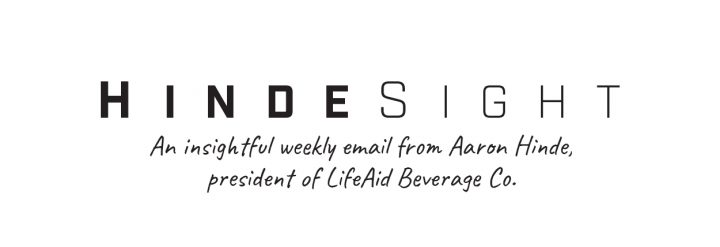
Join motivational speaker & author Mel Robbins on this 35-day journey as she shares daily tips & tools to help guide you towards your best mindset and life. (5:28)
Click here to watch the video.
![]()
More Than Half of Americans Have Suffered a Workout Hangover An article published in the New York Post shares new findings and statistics from a recent survey surrounding the negative effects of the dreaded “workout hangover.” Read the full article here. . Mindset Reset: Day 1 Join motivational speaker & author Mel Robbins on this 35-day […]
